Sodium metabisulfite is a widely used food additive, which not only has a bleaching effect, but also has the following effects:
1) The effect of anti browning, enzymatic browning often occurs in fruits and potato foods. Sodium metabisulfite is a restoring agent that has a strong inhibitory effect on the activity of polyphenol oxidase. 0.0001% sulfur dioxide can reduce enzyme activity by 20%, and 0.001% sulfur dioxide can completely inhibit enzyme activity, which can prevent enzymatic browning; In addition, it can consume oxygen in food tissues and play a role in deoxidation; Sulfite can react with glucose by addition, preventing glucose and amino acids from reacting with glycosaminoglycans in food, thereby having an anti browning effect.
2) Sulfurous acid can act as an acidic preservative, while undissociated sulfuric acid is believed to inhibit yeast, mold, and bacteria. According to reports, the inhibitory effect of undissolved sulfite on Escherichia coli is 1000 times stronger than that of hydrogen sulfate. It is 100-500 times stronger than beer yeast and 100 times stronger than mold. When sulfur dioxide is acidic, it has the strongest ability to carry microorganisms.
3) The function of a loosening machine can be used as a component of a loosening machine.
4) The antioxidant effect. Sulfite has a significant oxidation effect. Because sulfite is a strong restoring agent, it can consume oxygen in fruit and vegetable tissues, inhibit the activity of oxidase, and is effective in preventing oxidative damage to vitamin C in fruits and vegetables.
The system in which sodium metabisulfite acts:
Bleaches can be divided into two categories based on their mode of action: oxidizing bleaching agents and replica bleaching agents.
Sodium metabisulfite belongs to the category of replica bleaching agents.
Sodium metabisulfite utilizes the restoration effect of pigments to fade and achieve the purpose of bleaching. The color of most organic compounds is produced by the chromophores contained in their molecules. The chromophore contains unsaturated bonds, and the release of hydrogen atoms by the restoring bleach can transform the unsaturated bonds contained in the chromophore into single bonds, causing organic matter to lose color. The browning of some foods is caused by the presence of trivalent iron ions. Adding reconstitution bleach can convert trivalent iron ions into divalent iron ions to prevent food browning.
Sodium metabisulfite utilizes the reaction of sulfite addition to fade, achieving the purpose of bleaching. It can undergo additive reactions to anthocyanins and carbohydrates for bleaching and fading. This reaction is reversible, and after heating or acidification, sulfite can be removed, allowing anthocyanins to regenerate and restore their original red color from scratch.
Recommended Products
Hot News
-
VCI: Chemical production and sales in Germany will decrease in 2024.
2024-01-06
-
Magnesium is an indispensable component in modern industrial society and nature. Understanding and mastering the food chain of soil, plants, animals, and humans is very important.
2024-01-04
-
Phosphorus in sewage water supply management has brought a lot of pressure, and more efficient phosphorus removal is urgent.
2024-01-04
-
Sodium metabisulfite is a widely used food additive, which not only has a bleaching effect, but also has the following effects:
2024-01-04

 EN
EN
 AR
AR
 NL
NL
 HI
HI
 JA
JA
 KO
KO
 RU
RU
 TL
TL
 IW
IW
 ID
ID
 LV
LV
 LT
LT
 VI
VI
 TH
TH
 TR
TR
 AF
AF
 MS
MS
 BN
BN
 EO
EO
 LA
LA
 MN
MN
 SO
SO

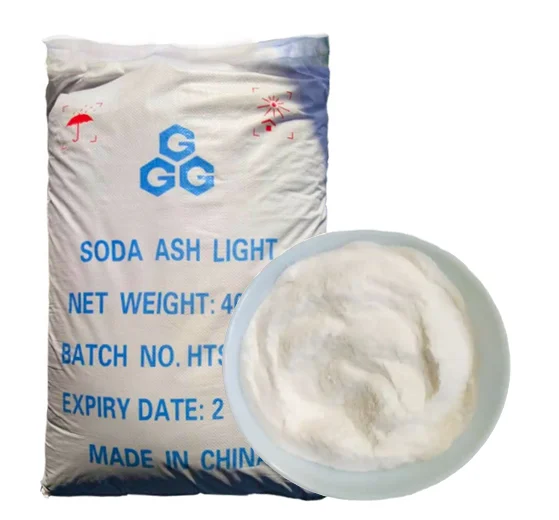
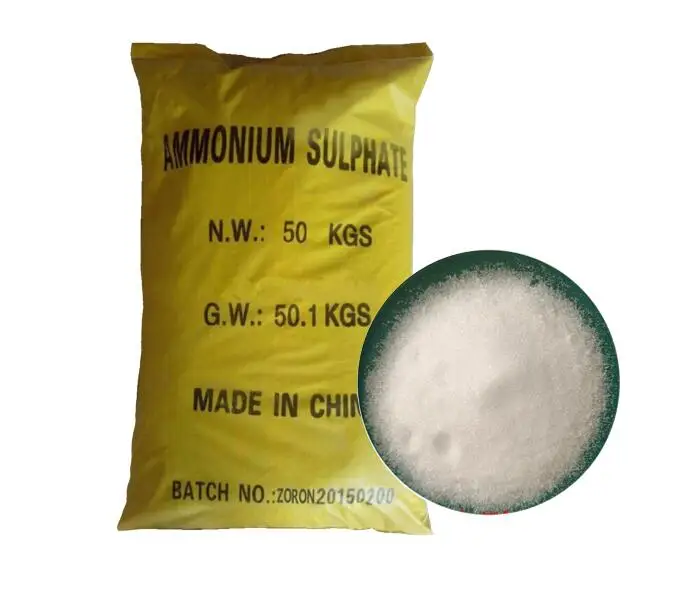
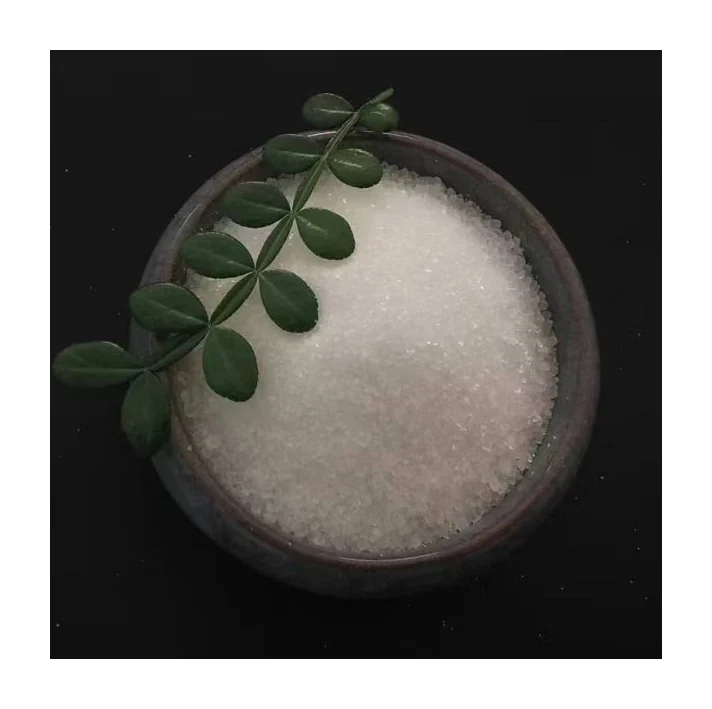
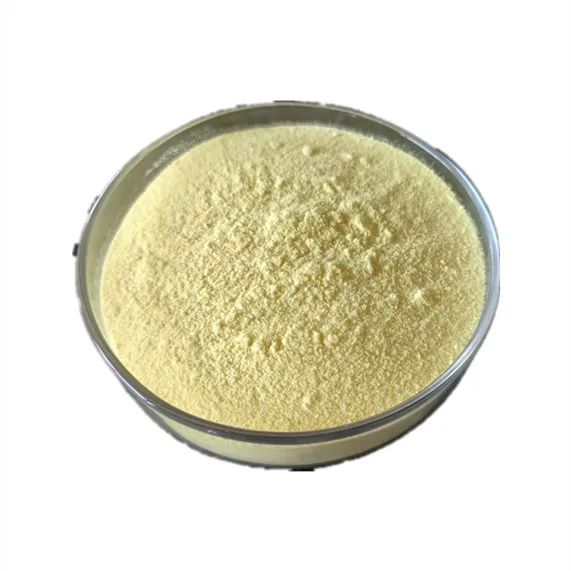
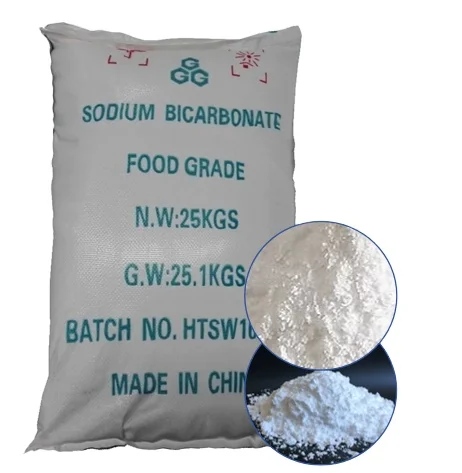
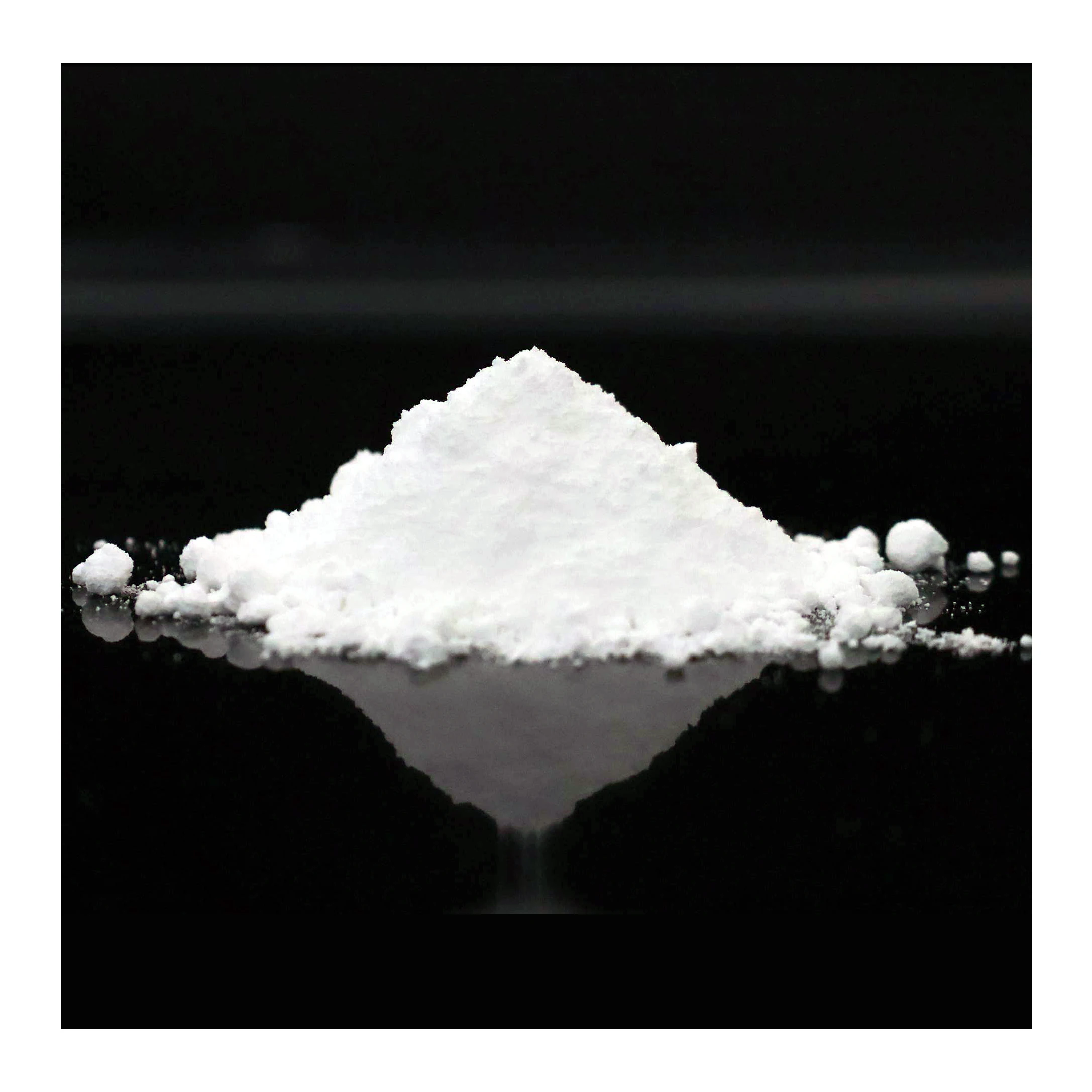
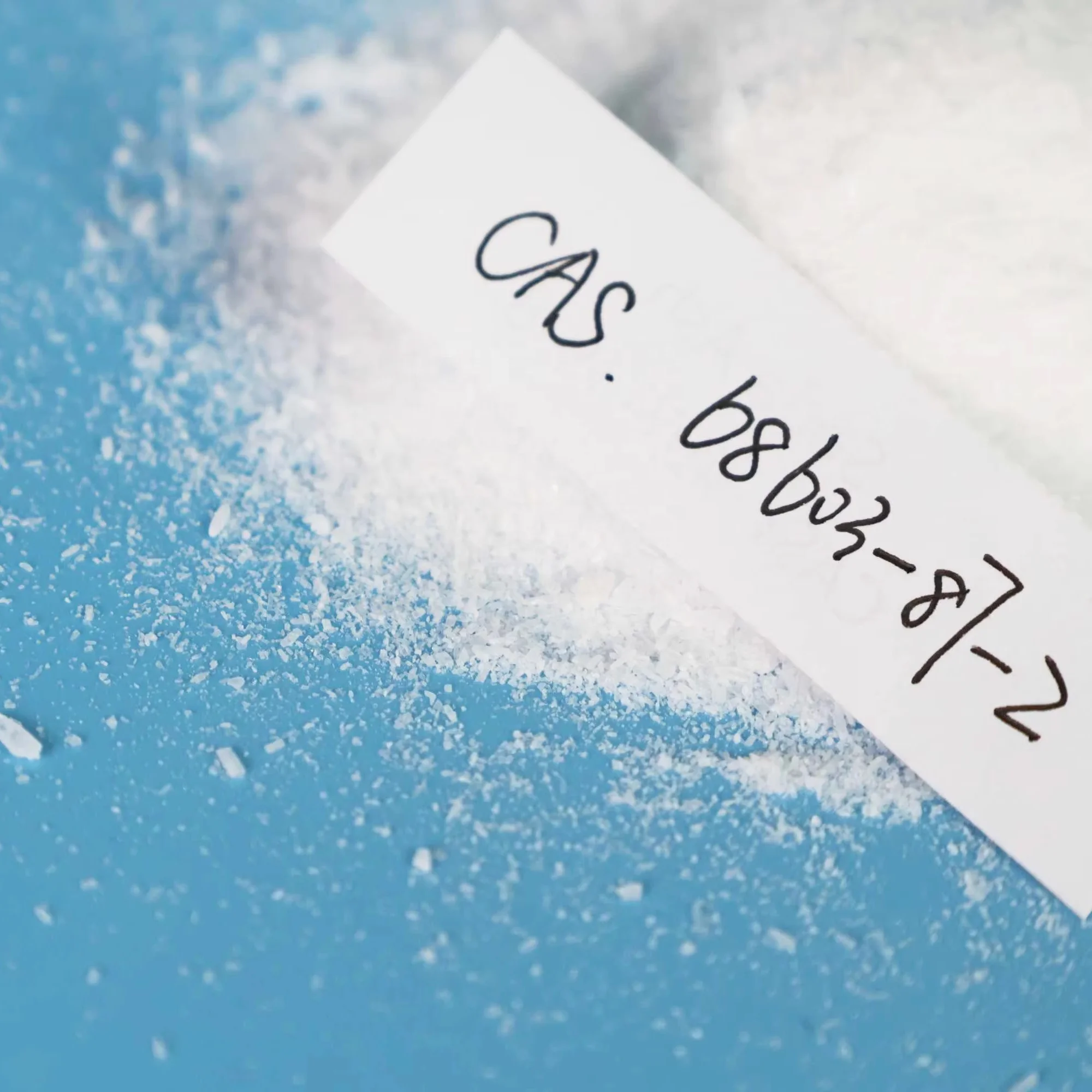
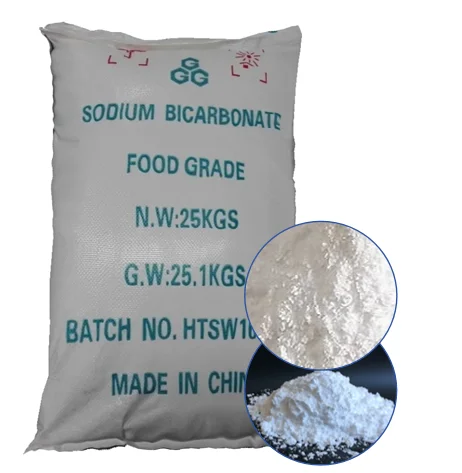
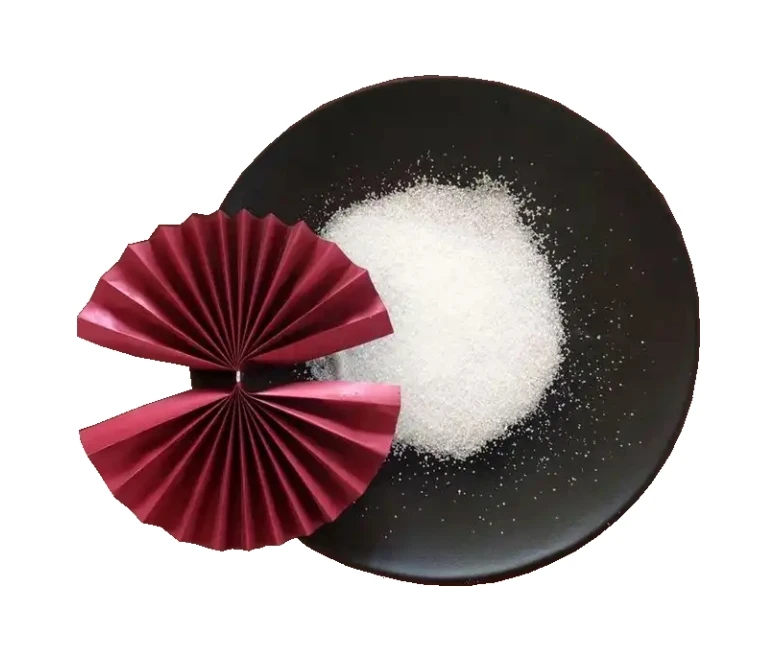
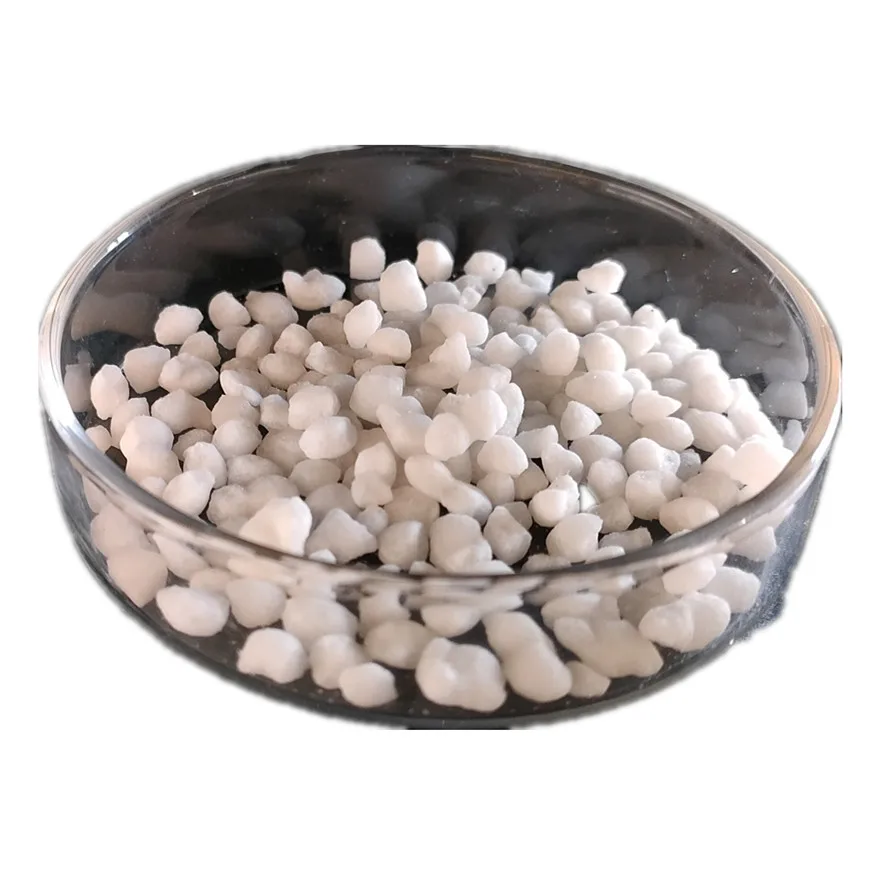
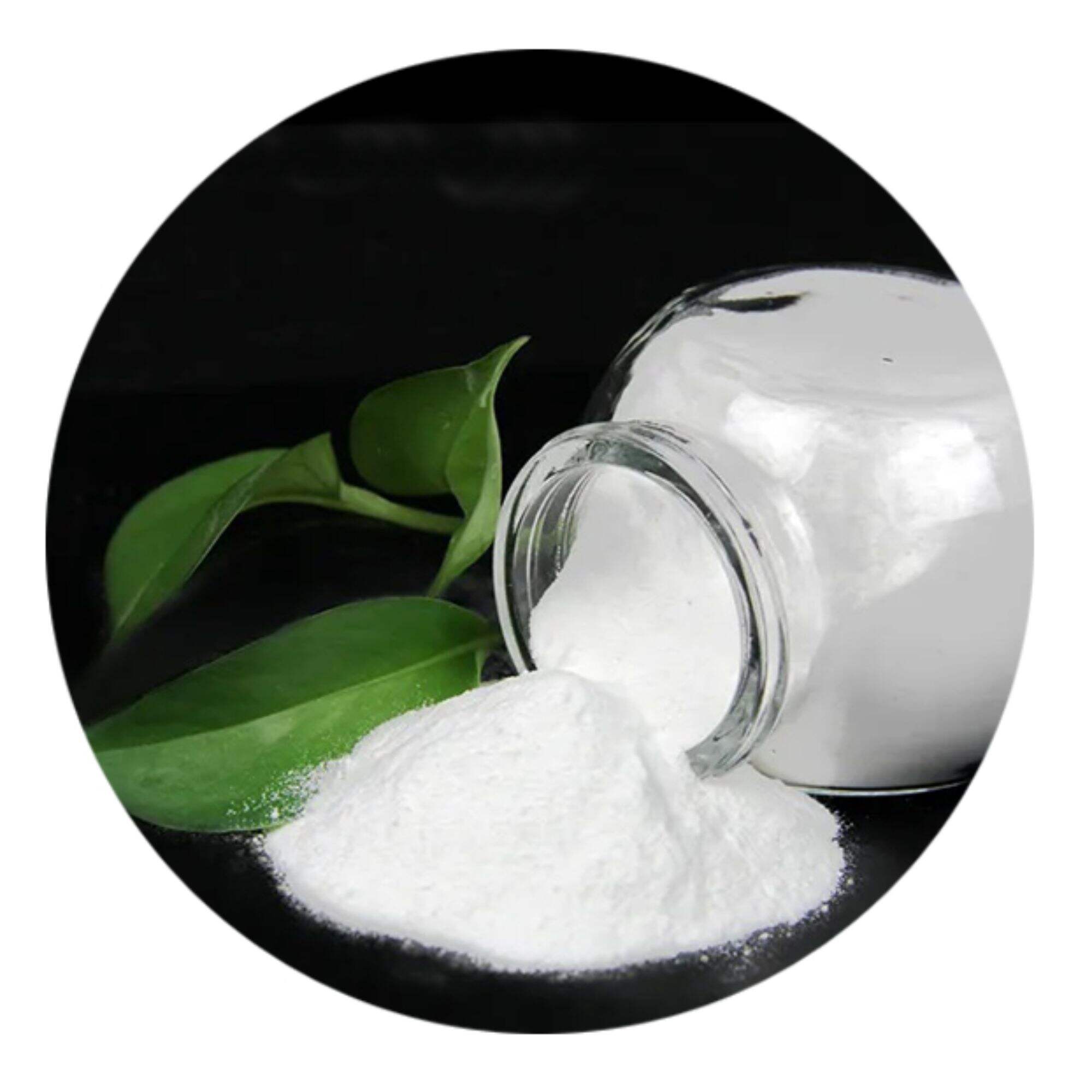
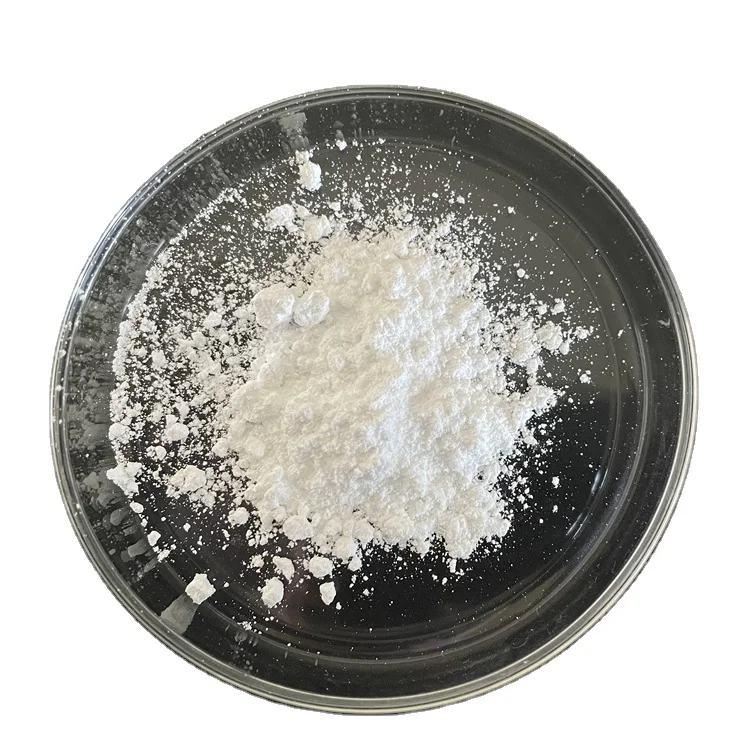
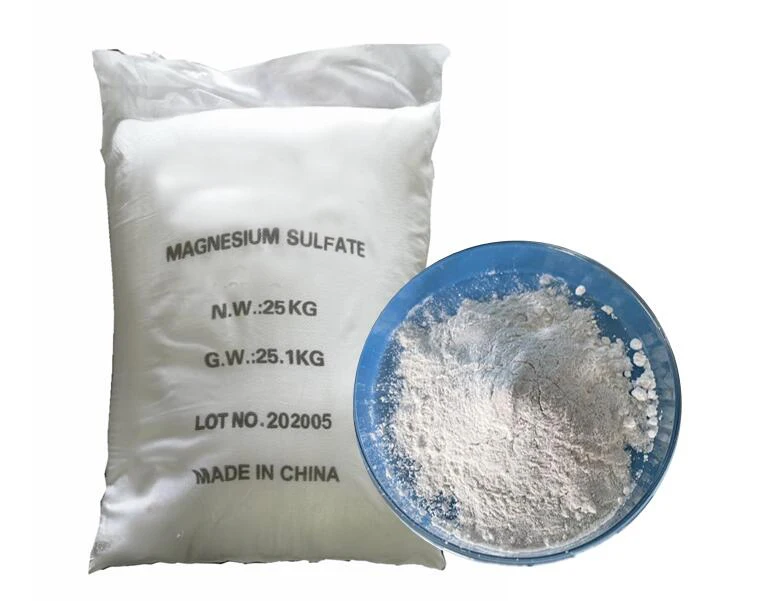
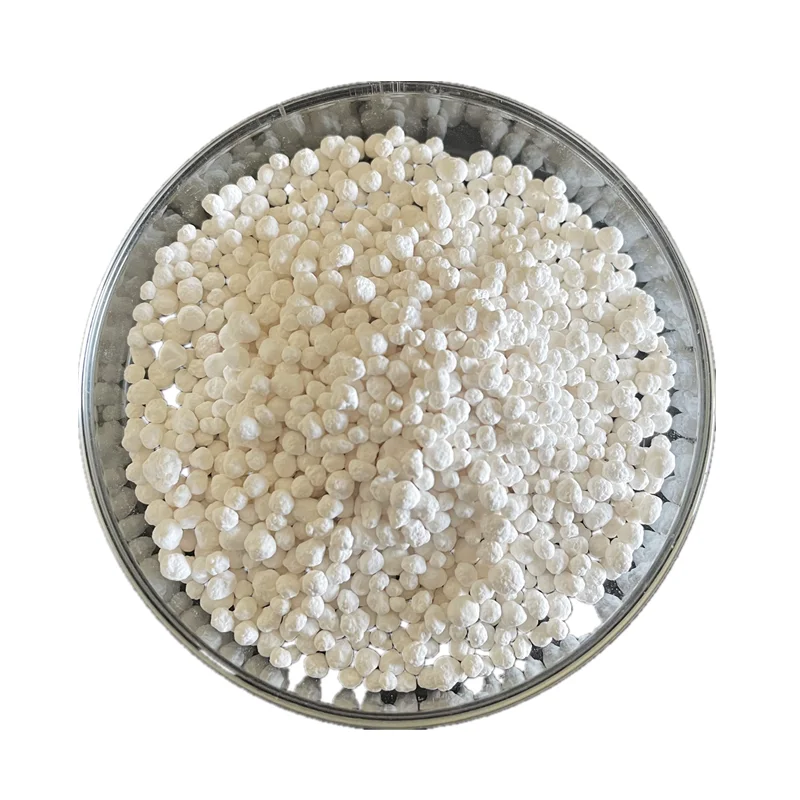
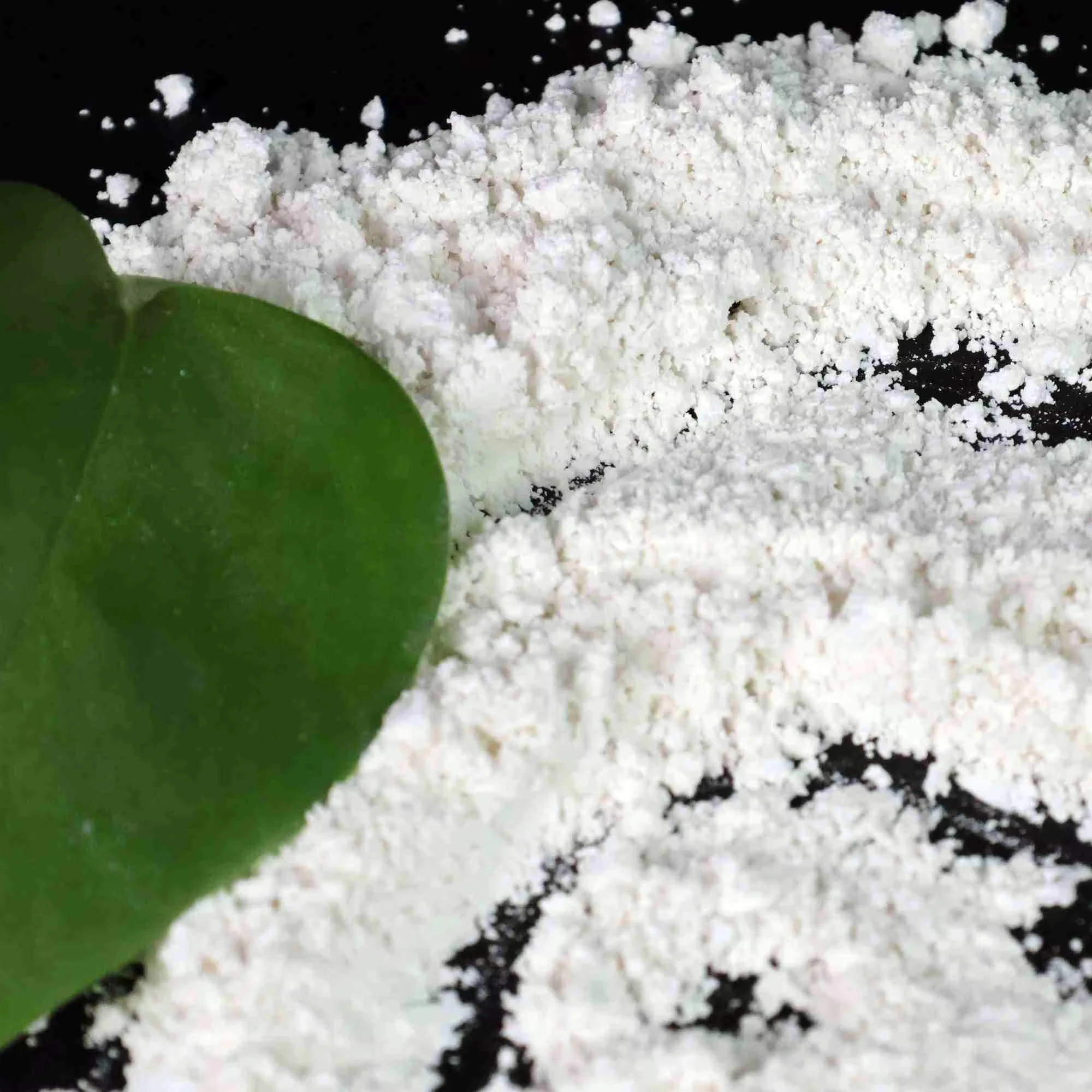
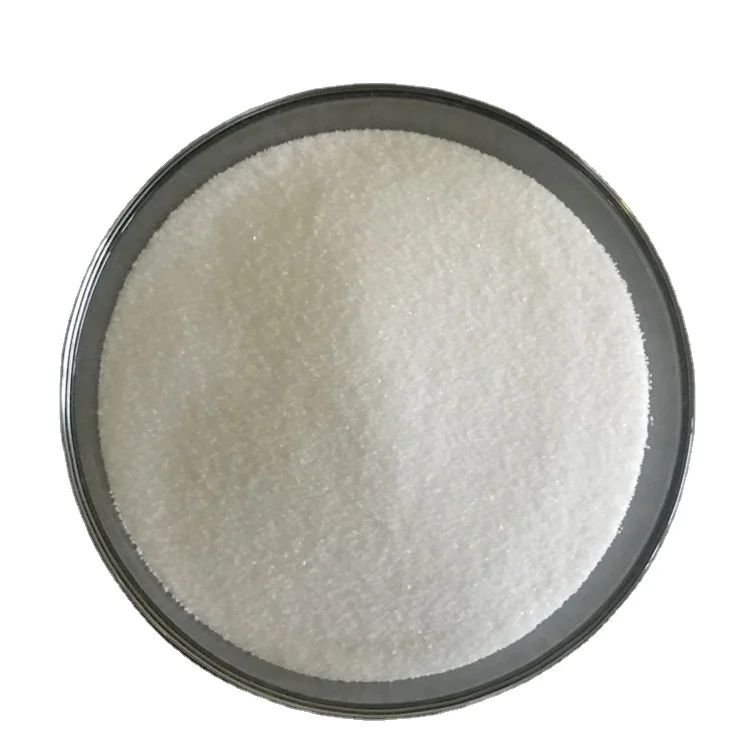
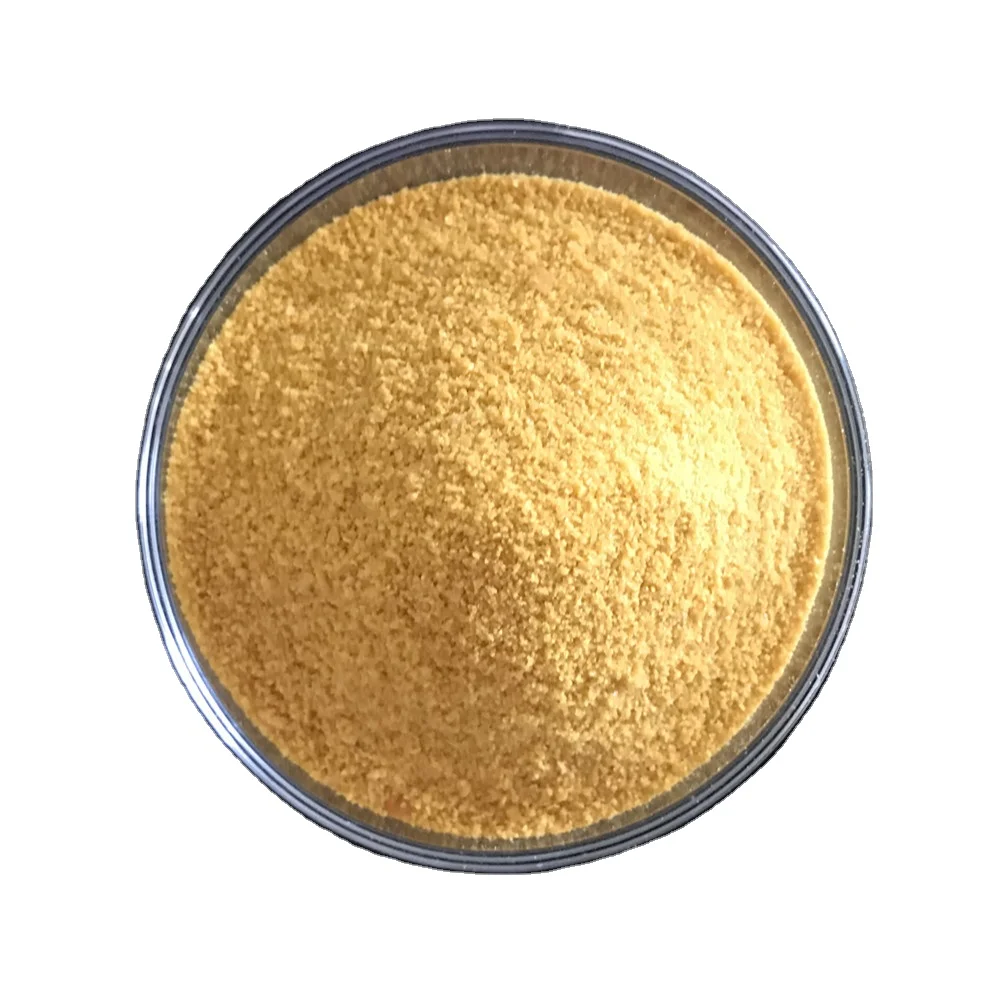
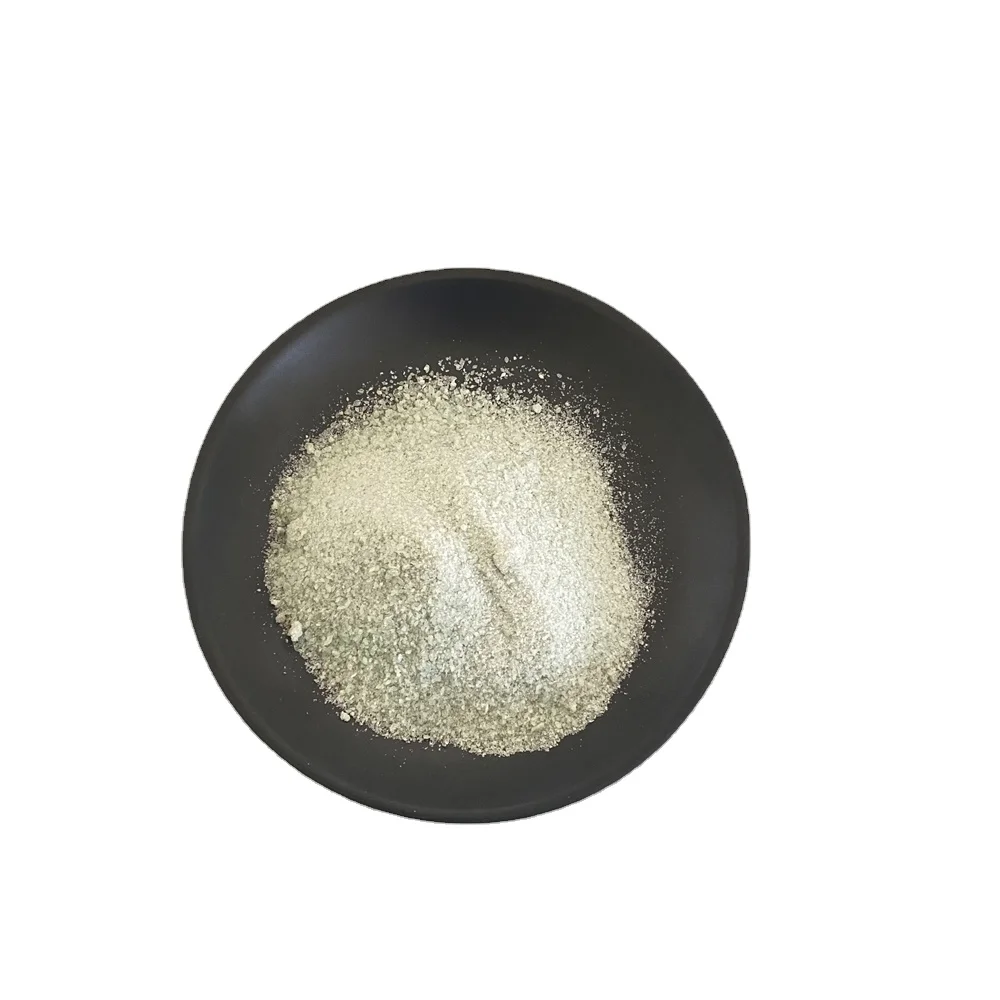


 ONLINE
ONLINE